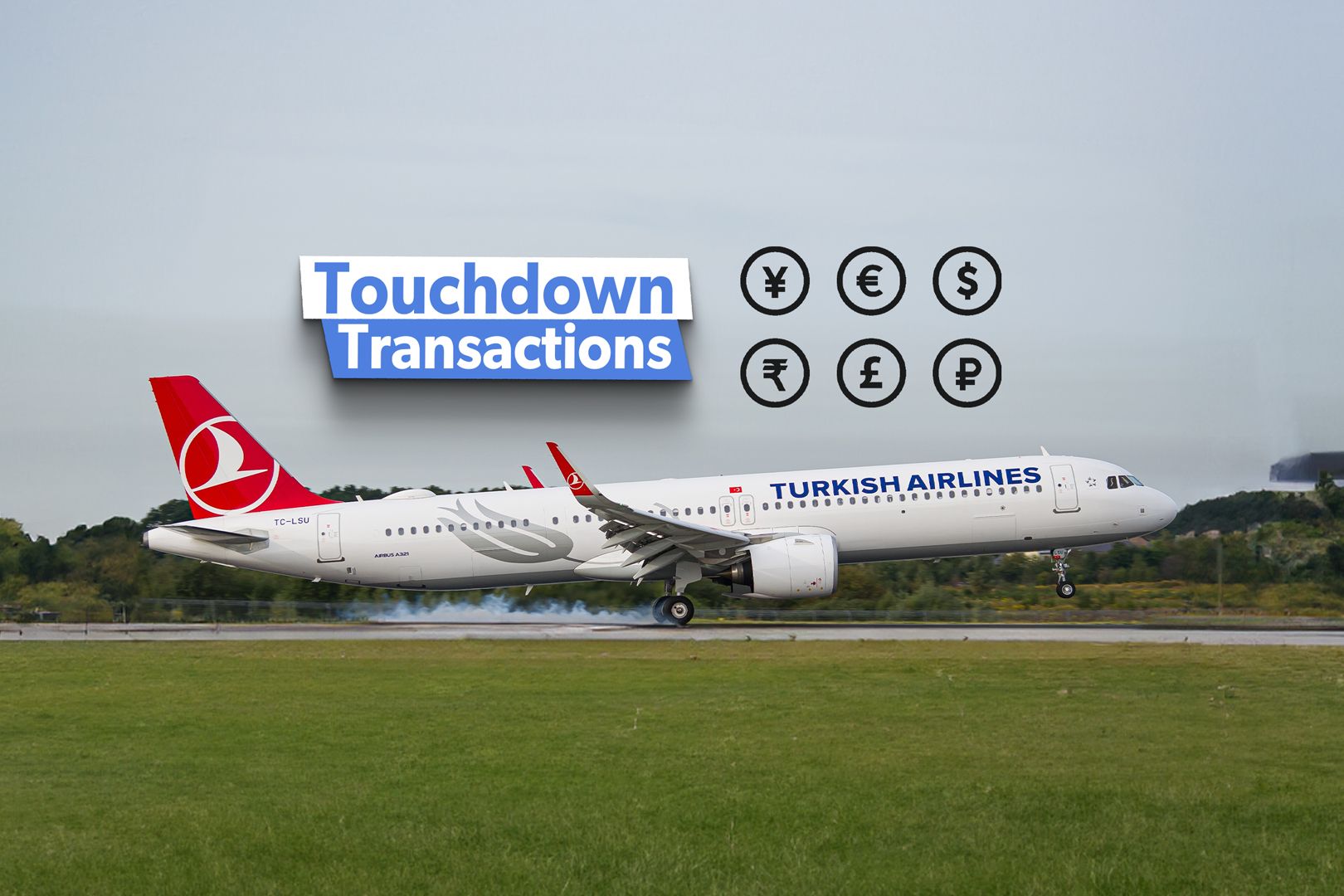
Airlines pay many types of fees and taxes for their operations, the most common of which is the landing fees . A landing fee is the amount levied on an aircraft operator by the airport for landing and using the runway. Not all airport fees are levied on the passengers - some are levied on the airline itself.
Airport taxes and fees are complicated and there is plenty to know about them . While the concept of a landing fee is simple, how they are calculated can still be complicated. What a landing fee is Landing fees vary from airport to airport, country to country, and aircraft type to aircraft type.
They are not the same as parking fees. According to the Pilot Institute , some airports include other (or all) services in their landing fees, while others charge extra per service. Major components of landing fees: Infrastructure Usage: Helps with the upkeep and maintenance of airport infrastructure Air Traffic Control Services: Helps fund the airports' air traffic control operations Emergency Services: Helps fund the airport emergency services (such as firefighting and rescue operations) Parking fees are the fees an aircraft is charged to park at an airport for an extended period (it may not be charged for an aircraft that has a quick turnaround).
Notably, a former Aeroflot A320 had to pay almost $500,000 after being stuck at Munich Airport for two years following the full-scale Russian invasion of Ukraine. "Landing fees are..
.exactly what they sound like – A fee for landing at an airport." - Pilot Institute Landing fees are typically calculated based on the weight of the aircraft - the larger the aircraft, the higher the landing fee.
However, many other factors could come into play, such as the time of day, type of operation, or the airport's competitiveness. Overnight parking costs depend on the size of the aircraft. Why landing fees are important Landing fees are a common way airports generate revenue and help cover the costs associated with operating and maintaining airports and its operations.
Airports have to pay for runway upkeep, air traffic control, and emergency services. "A Landing Fee constitutes a standard charge levied by airports on aircraft for utilizing their facilities during landing operations. This fee serves as a primary revenue source for airports, enabling them to cover operational expenses and infrastructure maintenance crucial for safe and efficient aviation operations.
" - Globe Air The income generated from landing fees is normally used for the maintenance or expansion of the airport's infrastructure (like the runways, aprons, and taxiways). Landing fees help reduce the airport's reliance on government subsidies and taxpayer funds to sustain its operations. Let's take a look at what an airline's most significant operating expenses are.
Example landing fees at airports Perth Airport (Scotland) Perth Airport in Scotland is an example of landing fees for a small regional airport. Perth Airport is used by private and business aircraft (and for pilot training) and currently does not have any scheduled commercial flights. Aircraft landing fees are payable to the airport on arrival, while overnight parking fees need to be paid before departure.
The airport operates daily from 09:00 to 17:00. Select aircraft types: Perth Airport (Scotland) landing fee: Microlight or Gyrocopter: £17.80 ($23) Small Single Engine: £24.
84 ($31) Medium Twin Engine: £65 ($83) Large single Engine (PC12 etc): £100.60 ($128) Large Twin Engine: £130.18 ($166) Large Turbine Helicopter: £130.
18 ($166) Istanbul Airport, Turkey Istanbul Airport is one of the largest and newest airports in the world (taking over all scheduled commercial passenger flights from the old Ataturk Airport in April 2019). As it is located on the European side of Istanbul, it is the 2nd busiest airport in Europe (behind London Heathrow Airport). In 2023, it served over 76 million passengers and is one of the top ten busiest airports in the world and a major international hub.
Istanbul Airport charges between $13.86 per ton and $12.31 per ton - depending on the airline total operations at the airport over the cause of the year.
Istanbul Airport landing fees per ton: Between 0-2,000 landings: 12.90 Euros ($13.68) per ton Between 2,001 and 4,000 landings: 12.
36 Euros ($13.11) per ton 4,001 landings and over: 11.61 Euros ($12.
31) per ton For reference, a Boeing 777-300ER has an empty weight of 370,000 lb (167,829 kg) and a maximum take-off weight of 775,000 lb (351,533 kg). At $13.68 per ton, that would imply the aircraft would need to pay between $2,284 and $4,883 per landing.
Conversely, when it comes to a narrowbody aircraft like the Airbus A320, it would be expected to pay in the hundreds of dollars and up to $1,067 (calculated by its max take-off weight). Calculating the landing fee at larger airports can be complicated. The amount airlines need to pay might be negotiated with the airport as a package deal or it could vary with the number of airport landings.
Los Angeles World Airports says , " ...
commercial Air Carriers must pay a landing fee to the City of Los Angeles for each aircraft landing. The landing fee is the product of the number of thousands of pounds of MGLW of the aircraft multiplied by the applicable landing fee rate. " Some airports require airlines to make large security deposits upfront.
For example, Los Angeles World Airports states, " Air Carriers are required to remit to the City of Los Angeles a security deposit in the amount of $10,000, or Three (3) times the estimated monthly landing fees, whichever is greater .".














